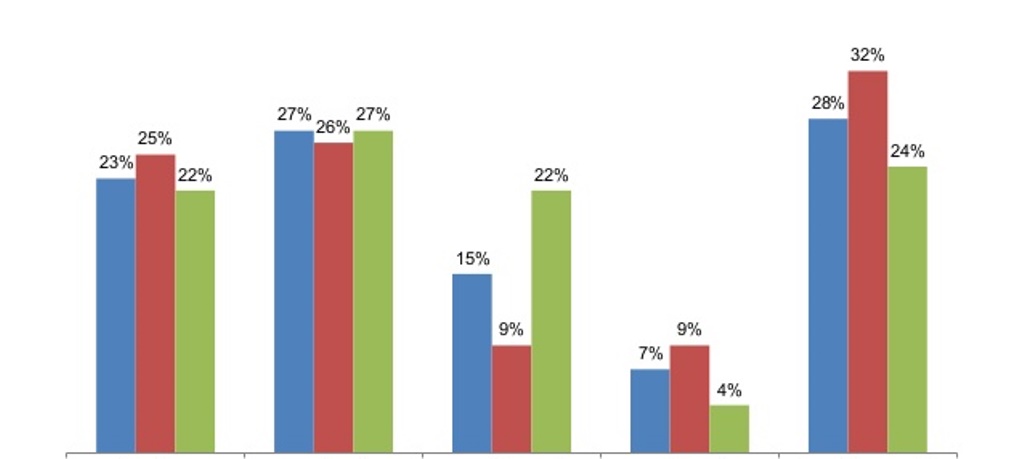AfricaPress-Tanzania: THE banking system’s domestic credit has grown at an annual rate of 10.6 per cent in September this year compared to 6.2 per cent in the corresponding period last year, driven by both central government and private sector credit.
According to the Bank of Tanzania (BoT) Monthly Economic Review for October, the credit extended to the central government by banks through purchases of government securities increased by 39.5 per cent compared to a contraction of 7.7 per cent.
The credit extended to the private sector by banks remained strong, albeit growing at a slower pace of 5.2 per cent compared with 9.3 per cent in the corresponding period last year.
Credit was mostly extended to transport, communications, personal activities (largely micro, small and medium enterprises), hotels and restaurants.
The annual growth of credit to transport and communications grew by 23.8 per cent compared to 0.6 per cent registered in the corresponding period last year.
The annual growth of credit extended to hotels and restaurants in the reference period grew by 9.9 per cent compared to -11.8 per cent recorded in the similar period last year.
The annual growth of credit extended to building and construction in the period under review was down by 6.6 per cent compared to the growth by 62.7 per cent posted in the corresponding period last year.
As regards shares in outstanding credit, personal loans, trade and manufacturing continued accounting for the largest shares of 33.3 per cent, 16.0 per cent and 10.0 per cent, respectively.
BoT sustained the implementation of the accommodative monetary policy in support of fast recovery of economic activities through private sector credit expansion, as the global impact of Covid-19 fades away.
The policy stance led to an increase in extended broad money supply by 1.78tri/- in the year ending September, equivalent to 6.5 per cent compared to 9.4 per cent in September last year.
Much of the increase manifested in domestic credit was extended by the banking system. Broad money supply grew by 9.1 per cent compared to 9.8 per cent.






